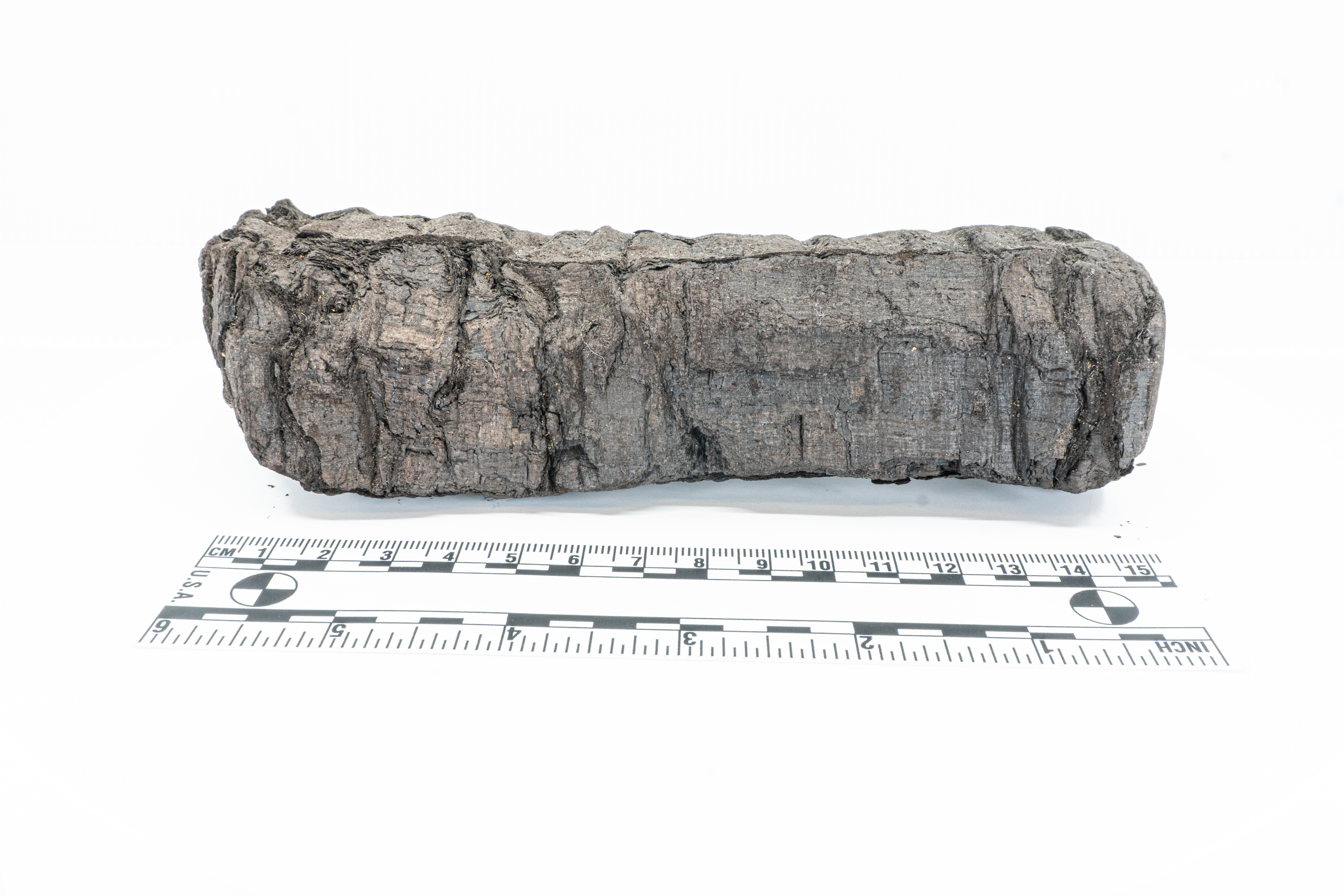Researchers have successfully generated a digital image of an ancient scroll from Herculaneum that has not been seen in almost 2,000 years. The announcement was made by the Bodleian Libraries, Oxford, and the Vesuvius Challenge, which have been working to decipher three scrolls, including this one, over the last few years.
ADVERTISEMENT GO AD FREE
In 2023, the Vesuvius challenge set out to “make history” by reading scrolls recovered from Herculaneum, which was buried by the eruption of Mount Vesuvius in 79 CE. This effort, which appealed to members of the public who considered themselves code breakers or technological sleuths, sought to unravel the lost information on these texts without physical intervention (like opening the scrolls themselves, which are extremely fragile after being carbonized by the eruption).
Eventually, researchers were able to decipher the first words on one of these enigmatic archaeological artefacts, which led to rewards being given to the ingenious individuals who achieved it.
Now the image of the virtually unrolled scroll has been revealed, and it shows a considerably part of the papyrus along with columns of text (around 26 lines of each column).

The scrolls recovered from Herculaneum have seen better days, but like all Disney movies try to tell us, the exterior is not what we care about.
Image credit: © Vesuvius Challenge.
The text is now being assessed and interpreted by University of Oxford scholars, while the Vesuvius Challenge continues to invite others to join in on the collective technological effort to fully decipher its contents.
One of the words that have been translated so far is the Ancient Greek διατροπή, meaning “disgust”, which appears twice within a few columns.
In July 2024, the scroll was scanned at the Diamond Light Source in Harwell, the UK’s national synchrotron science facility. Since then, the Vesuvius Challenge team has been working with AI tools to piece together images of the text it contains and trying to enhance them for clarity. In particular, researchers are using a new segmentation approach – which basically breaks up the digitally scanned images into “bits” – to improve the coherence and clarity of lines of text that are currently visible.
ADVERTISEMENT GO AD FREE
The hope is that this may also illuminate the end of the papyrus (the inner core of the rolled-up scroll) where the colophon – a statement at the end of a source that provides information about its publication – with the title is situated.
This particular scroll is pretty special. Originally donated to the library in the early 19th century by Ferdinand IV, King of Naples and Sicily, it has ink on it which, due to its chemical composition, appears more clearly in X-ray scans. It is possible this clarity comes from contaminants in the ink, such as lead, but more testing will be needed to figure out what exactly is there that makes it so legible.
So far, the machine learning techniques used on the scroll are solely designed to detect the presence of ink. They are not yet capable of understanding language, so are unable to recognize the characters in the texts. As such, the full transcription and translation of the information remains a job for human scholars to pursue.
“It’s an incredible moment in history as librarians, computer scientists and scholars of the classical period are collaborating to see the unseen” Richard Ovenden, Bodley’s Librarian and Helen Hamlyn Director of the University Libraries, expressed in a statement.
ADVERTISEMENT GO AD FREE
“The astonishing strides forward made with imaging and AI are enabling us to look inside scrolls that have not been read for almost 2,000 years. This project is a perfect example of libraries, humanities, and computer science complementing each other’s expertise to understand our common past.”
Dr Brent Seales, Co-Founder of Vesuvius Challenge and Principal Investigator of EduceLab added: “We are thrilled with the successful imaging of this scroll from the Bodleian Libraries and are grateful to our partners for their support and collaboration. This scroll contains more recoverable text than we have ever seen in a scanned Herculaneum scroll. Despite these exciting results, much work remains to improve our software methods so that we can read the entirety of this and the other Herculaneum scrolls.”
Source Link: Inside Ancient Herculaneum Scroll Seen For First Time Since Vesuvius Erupted 2,000 Years Ago